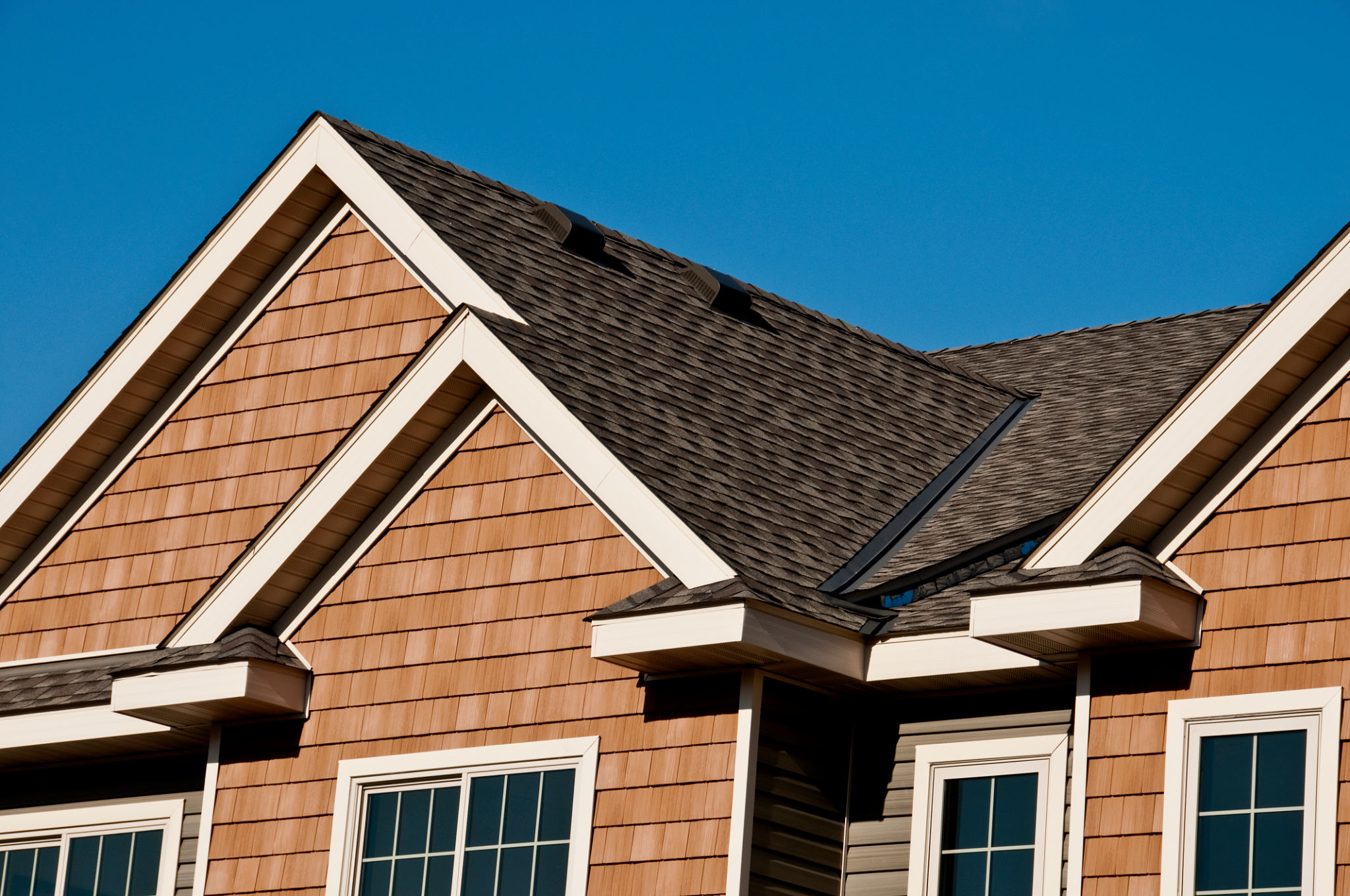Comparing Pitched Roofs vs. Flat Roofs: Which is Right for Your Home?
Understanding the Basics
When it comes to choosing a roof for your home, one of the most significant decisions you'll face is choosing between a pitched roof and a flat roof. Both have their distinct advantages and disadvantages, making it essential to consider various factors such as climate, budget, and personal preference. In this post, we'll explore these two popular roofing styles to help you make an informed decision.
What Is a Pitched Roof?
A pitched roof is characterized by its sloping sides that meet at a peak, forming a triangular shape. This design is not only aesthetically appealing but also functional in areas with high rainfall or snowfall. The slope allows water and snow to easily slide off, reducing the risk of leaks and water damage. Pitched roofs are commonly found in residential homes and are available in several styles, including gable, hip, and mansard.

What Is a Flat Roof?
Flat roofs, on the other hand, have a minimal slope, making them appear almost level. This type of roof is more prevalent in commercial buildings but has gained popularity in modern residential architecture due to its sleek appearance. Flat roofs offer additional outdoor space for gardens or terraces and are generally easier and cheaper to construct compared to pitched roofs.
Advantages of Pitched Roofs
Pitched roofs offer several benefits that make them an attractive option for many homeowners:
- Durability: The sloping design allows for efficient drainage, which helps prolong the lifespan of the roofing materials.
- Energy Efficiency: The attic space created by a pitched roof can serve as an extra layer of insulation, reducing energy costs.
- Aesthetic Appeal: Pitched roofs offer a classic look that enhances the curb appeal of traditional homes.

Advantages of Flat Roofs
Flat roofs also come with their own set of advantages:
- Cost-Effective: Generally, flat roofs require fewer materials and less labor to install, making them more affordable.
- Additional Space: They provide an opportunity for a rooftop garden or terrace, adding functional outdoor space.
- Modern Aesthetic: Flat roofs offer a contemporary look that complements modern architectural designs.
Considerations for Climate
The climate where you live can significantly impact your roofing choice. In regions with heavy snowfall or rainfall, pitched roofs are often preferred due to their efficient drainage capabilities. However, in arid regions with little precipitation, flat roofs can be an excellent option that maximizes building space without sacrificing durability.

Budgetary Concerns
The cost is another crucial factor when selecting a roof type. Although pitched roofs may require more materials and labor upfront, their longevity and energy efficiency can offer long-term savings. Conversely, while flat roofs might be cheaper to install initially, they may require more frequent maintenance and repairs over time.
Making Your Decision
Ultimately, the choice between a pitched roof and a flat roof comes down to personal preference and specific needs. Consider your local climate, budget constraints, and aesthetic desires when making your decision. Consulting with a professional roofing contractor can also provide valuable insights tailored to your home's unique requirements.
Both pitched and flat roofs offer unique benefits that can complement various home styles and needs. By weighing the pros and cons of each option, you can choose the roofing style that best suits your home and lifestyle.